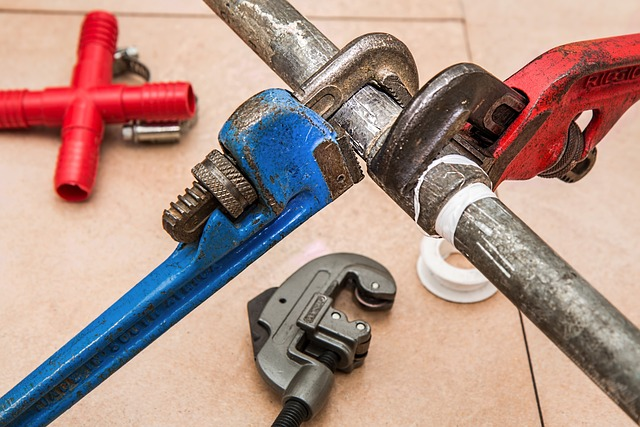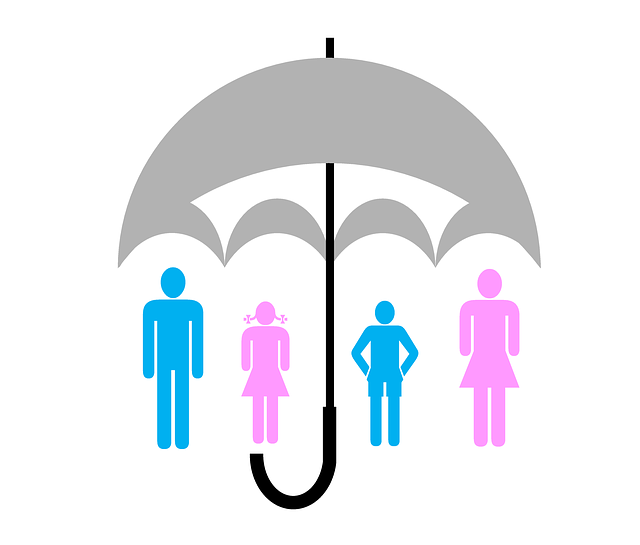Legionella Risk Factors and Assessment
The Importance of Legionnaires Risk Assessment for Health and Safety

Legionnaires’ disease can be found naturally in hot and cold water systems. There is a certain risk level for anyone that uses water, whether in a domestic, commercial, or industrial setting. As a result, health and safety regulators require regular Legionella risk assessments to be carried out to minimise the risk of someone catching Legionnaires disease and ensure safety for all who use a water system. In this blog, we will explore the importance of Legionnaires risk assessments and their significance in protecting public health.
1. Identification

A proper risk assessment begins by identifying the water systems that are at risk of Legionella bacteria. These include cooling towers, hot and cold water systems, and any other systems that rely on water for their operation.
A Legionella risk assessment checklist helps you to take note of any conditions in the systems that could encourage the growth of Legionella bacteria, such as temperatures between 20-60°C, biofilms, and scale deposits. A professional Legionella risk assessment can determine the likelihood of Legionella bacteria growth and infection.
2. Regular controls and maintenance checks

Following a Legionella risk assessment, a control regime is put in place. This regime includes regular checks for the presence of Legionella bacteria in the system and any other steps towards preventing the bacteria’s growth. In addition, periodic maintenance is carried out on the water systems to ensure they remain clean and free of bacteria that could pose a health risk.
3. Compliance with legislative requirements

The assessment and control regime must comply with any legal requirement, which often varies depending on the jurisdiction. For example, in the UK, the Health and Safety Executive (HSE) requires businesses to carry out a risk assessment and maintain protocols to control Legionella risk under the Control of Substances Hazardous to Health Regulations. The Occupational Health and Safety Administration (OSHA) also has regulations to protect workers from Legionnaires’ disease in the US.
4. Avoiding legal liabilities

A key reason for conducting Legionnaires risk assessments is to manage legal liabilities that may arise if someone contracts Legionnaires’ disease from a water system under an organisation’s control.
Failing to carry out the necessary assessments can lead to lawsuits and reputational damage for the organisation responsible for the water system, which highlights the importance of conducting rigorous legionella risk assessments.
5. Protecting public health

Legionella risk assessments aim to protect public health by minimising the risk of potentially fatal Legionnaires’ disease. Legionella bacteria can cause severe respiratory problems that can be detrimental for vulnerable people.
Proper prevalence control, treatment, and disinfection of high-risk water systems can prevent any potential infection risks, thus safeguarding public health and reducing potential outbreaks.
A legionella risk assessment is critical for health and safety. We can minimise the chances of Legionella bacteria’s growth and ensure the safety of everyone who uses either a cold water system or hot water outlets just by identifying potential hazards, and risk factors.
Regular inspections, legionella testing and complying with legislative requirements help organisations avoid legal liabilities and everyone. Delivering peace of mind for both water system management, building managers or property managers.
Risk factors and how to prevent legionella bacteria
The main places where you can find legionella risks more easily are areas such as water tanks, outlet pipes, showerheads, whirlpool baths, spas, hot tubs, water heaters, and any redundant pipework or other complex systems that could be found in residential buildings.
The bacteria has the potential to induce a variety of pneumonia-like infections if it becomes airborne (in water spray, mist, or vapour), at which point it can be breathed in by people.
Despite the relatively low number of 308 recorded cases in 2019 (according to Public Health England) landlords must take all reasonable precautions to reduce the risks because legionella bacteria can have major negative consequences on an individual’s health especially if they are vulnerable.
The Health and Safety Executive’s guidance on managing and minimising the risks brought on by legionella bacteria outlines the rules and legal requirements for individuals and companies with the responsibility for maintenance and repair of premises. Landlords have a responsibility to evaluate the hazards associated with their properties.
Domestic premises are considered to be “low risk” for legionella, thus a specialised risk assessment is not required unless the landlord does not feel comfortable carrying out the examination themselves. Landlords are simply needed to keep track of any minor legionella dangers and to be on the lookout for them.
Landlords must possess the necessary skills, knowledge, and competency to conduct a legionella risk assessment. In order to adopt effective control measures, landlords must be knowledgeable about legionella, how it affects people, and how to conduct a risk assessment. If a legionella outbreak does happen on one of your properties, you will be held accountable if your risk assessment was insufficient. All landlords should begin by taking a legionella awareness course. Use the Brightchecker system to create and record a legionella assessment as part of your duties.
Step 1 – Determine the dangers
Finding any potential sources of danger on the site is the first step in a legionella risk assessment. Make a list of the property’s water systems and identify which ones potentially provide a legionella risk. According to the HSE, a legionella risk assessment must determine whether your system includes:
• Water that is stored or recirculated.
• The system’s water temperature ranges from 20 to 45 °C in some or all of its components.
• There are nutrient sources, including rust, sludge, scale, and organic materials;
• Conditions favour bacterial growth.
• Is it feasible to make water droplets, and if so, can they spread out across a large area?
Risk factors can be found visually or by looking at the property’s schematic design, which illustrates how all of its water systems are set up. For landlords, use the Brightchecker system to create and record a legionella assessment as part of your duties.
Step 2 – Consider who may be at risk
Making a list of who is most likely to be impacted by any suspected legionella bacteria in the property entails this step. This step is crucial to demonstrate that landlords have thought about who might be at risk.
Take into account whether someone may be more at risk than others, such as older individuals, children, smokers, people with pre-existing conditions, or those with weakened immune systems. Make a list of everyone who may be on the premises, including employees, contractors, residents, and visitors.
Step 3 – put control measures in place
Look at any existing legionella measures on the property before applying new ones and decide whether they are adequate or need to be updated. Implementing routine inspection and maintenance processes are suitable control methods.
• Keeping track of water temperature
• Regularly cleaning baths and showerheads as well as other water system components
• Restricting unauthorised access to water tanks and piping
• Flushing out water systems to get rid of standing water before renting out a place
• Eliminating any extra pipes
• Establishing control criteria, including making sure hot water is stored above 60°C
Due to the minimal degree of risk, household homes are typically exempt from the need for monitoring bacteria levels and water testing, which should only be done by a specialist, like a water treatment business or consultant. Without professional supervision, landlords shouldn’t try to test the water or keep track of the bacteria levels.
Remember to inform tenants of any upkeep requirements after controls have been put in place. For instance, maintaining clean showerheads, not altering the hot water heater’s temperature, and notifying the landlord of any issues they find.
step 4 – maintain records of previous assessments
To serve as documentation showing landlords are abiding by their obligations, the results of the risk assessment should be typed up or written down in a document. This legionella risk assessment template is available and can be used as a model.
All identified risks and their countermeasures should be documented, along with information on the individual/s or company with the responsibility for maintenance and repair of premises. The nature of the current water system also needs to be documented. These documents ought to be kept for at least two years. Additionally, landlords must keep records of any monitoring, inspections, testing, and checks performed, along with the dates of those activities, for a minimum of five years.
Step 5 – review your risk assessment
Landlords should regularly check to see if there have been any property changes that could have an impact on the risk assessment. It is advised that risk assessments be reviewed annually as well as whenever adjustments are made or new information becomes available. For instance, when:
• The water system or how it is used changes
• The building in which the water system is installed changes its use or
• New knowledge concerning hazards or preventative actions becomes available
• Checks’ findings show that control measures are no longer working
• A system-related case of legionellosis has been identified
Brightchecker legionella risk assessment cost and template
As a building owner, you might be worried about being properly trained or not up to date with the relevant legislation. Water safety is important for preventing tenants from developing legionnaires disease.
Brightchecker provides a standard template which allows you to log and record the risks you find and take pictures of any areas of concern. Our subscriptions start from £25 per month.
Also Read:

